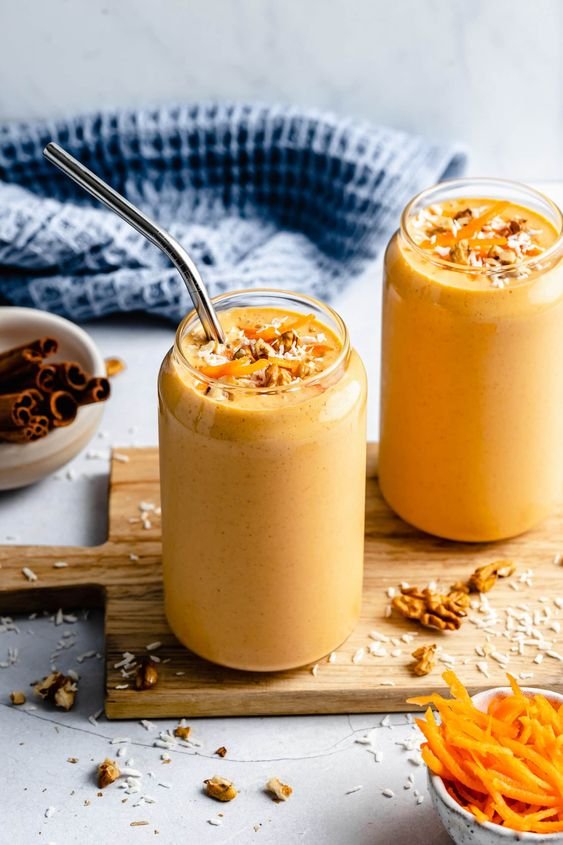Magical Moringa: The World’s most nutrient-rich source of Complete Plant Protein
History of Moringa
Moringa was discovered in india in 2000BC and was quickly named the "The Miracle Tree". Doctors, healers and members royal families used Moringa for its potent effects on mental alertness and healthy skin Moringa is a leaf comes from a fast growing and drought resistant tree native to India, Pakistan, Bangladesh, and Afghanistan. The leaves are often used as an herbal supplement and are used in tea, or are pressed to form an oil. When dried, the leaves retain a significant vitamin and mineral content. It is also often used in the cosmetic industry and applied on skin [Natural Medicines, 2023].
Moringa leaves contain potent vitamins A and C, beta-carotene, calcium, iron, and potassium. This leaf is a complete plant protein and contains all 8 essential amino acids. The leaves are also rich in antioxidant polyphenols, which is a compounds associated with cellular regeneration and longevity [Natural Medicines, 2023].
Moringa seeds have many beneficial effects and deep roots in In traditional medicine. For centuries, moringa root and leaf extract have been shown to have antinociceptive and and anti-inflammatory effects and have been used for chronic pain conditions including arthritis. The potent anti-inflammatory effects have been shown in animal studies to reduce inflammation and edema. Research from in vitro animal studies has shown that moringa can prevent and reverse the effects of arsenic exposure possibly by binding to sulfhydryl-containing amino acids including cysteine and methionine. Antioxidants present in moringa such as vitamins A, C, and E may also protect against oxidative stress and damage. Moringa may also have some potent sun-blocking effects and data from in-vitro studies show that moringa leaf extract can absorb ultraviolet light. Due to its antibacterial activity or its zinc content, moringa can help increase wound healing and increase the strength of new skin. Moringa leaf extract has anti-thyroid effects and can reduce serum T3 levels while increasing thyroxine (T4) levels [Natural Medicines, 2023].
Since moringa seeds are high in polyphenols and antioxidant properties, it has the power to directly interact with cellular function, cell membrane function, and cellular repair. One structural component of polyphenols that may help explain this interaction is that polyphenols can form a hydrogen bond with cell membranes. Intake of polyphenols has been shown to be effective at positively improving several age-related processes, including oxidative stress, inflammation, and cellular regeneration and repair. Oxidative stress can contribute to aging and aging-related processes in the body. These effects can be explained through the interaction of molecules that are produced during oxidative metabolisms, such as reactive oxygen species (ROS). ROS in excess can have a harmful effect by destroying numerous organic molecules including carbohydrates, proteins, DNA, and lipids, as well as damaging DNA. As the body ages, it often exhibits disturbances in ROS homeostasis along with increased oxidative stress. Polyphenols can help maintain ROS homeostasis and decrease oxidative stress in the body, thus positively contributing to the age-related processes in the body. Further antioxidants found in moringa leaf act as ROS scavengers and can thus help improve intracellular communication and repair and increase longevity (Phan, 2014). Further, dietary polyphenols can help promote cell repair and survival through the activation and production of trophic factors, antioxidants, and DNA-repair enzymes. Clinically these polyphenols can act as potential enhancers to stem cell therapy against neuro-degeneration (Rodriguez, 2022).
Medicinal effects:
protecting the liver from damage, oxidation, and toxicity
anti-cancer
sun-blocking
anti-stress
wound healing
anti-inflammatory
anti-arsenic
Where to buy:
Moringa Recipes
REFERENCES
Natural medicines - databases. (n.d.). Retrieved January 17, 2023, from https://naturalmedicines.therapeuticresearch.com/databases.aspxLinks to an external site.
Phan, H. T., Yoda, T., Chahal, B., Morita, M., Takagi, M., & Vestergaard, M. C. (2014). Structure-dependent interactions of polyphenols with a biomimetic membrane system. Biochimica et biophysica acta, 1838(10), 2670–2677. https://doi.org/10.1016/j.bbamem.2014.07.001
Rodríguez-Vera, D., Abad-García, A., Vargas-Mendoza, N., Pinto-Almazán, R., Farfán-García, E. D., Morales-González, J. A., & Soriano-Ursúa, M. A. (2022). Polyphenols as potential enhancers of stem cell therapy against neurodegeneration. Neural regeneration research, 17(10), 2093–2101. https://doi.org/10.4103/1673-5374.335826






